
World Honey Bee Day 2024: 7 Interesting Facts On Honey Bees
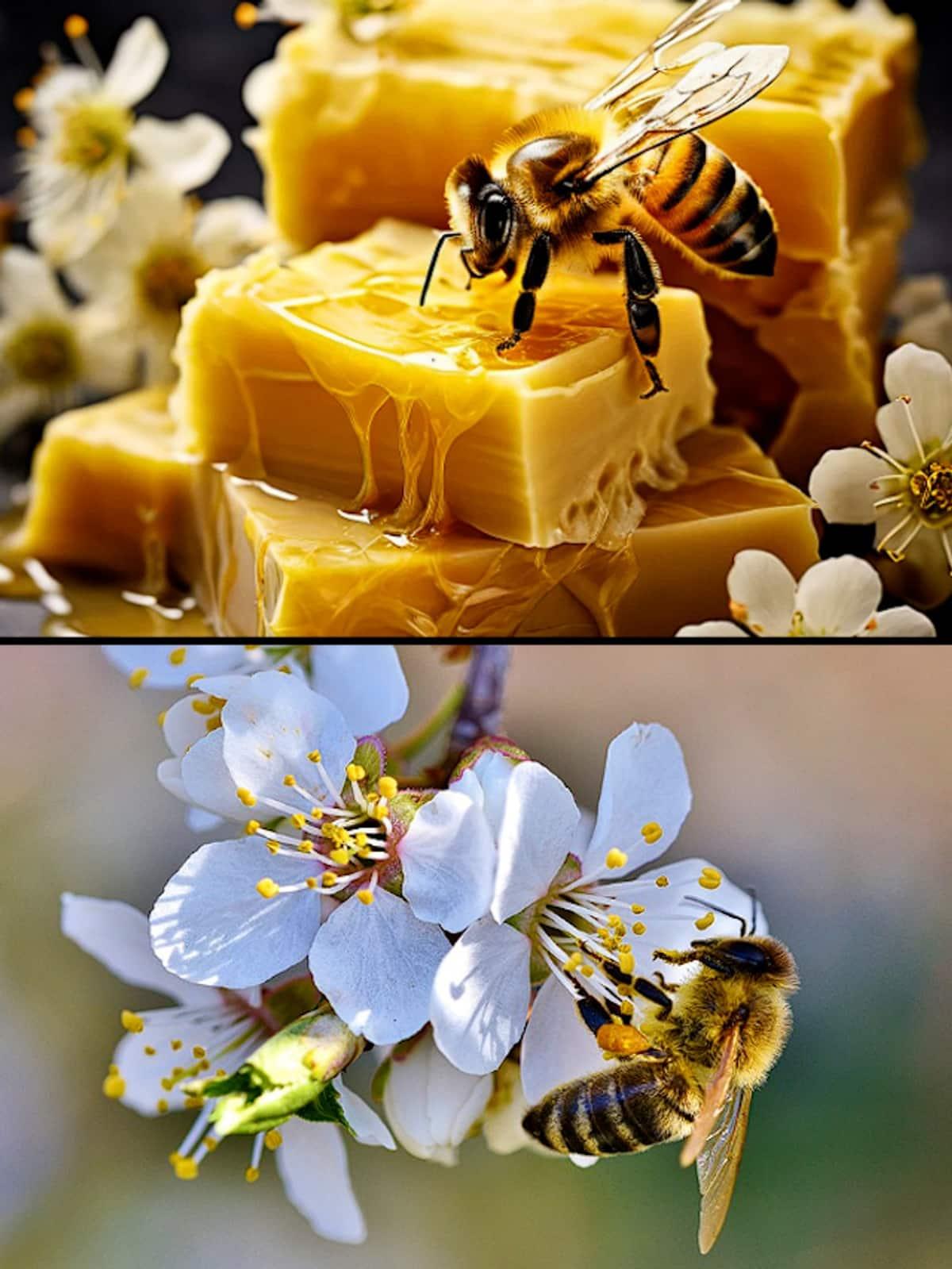
Honey bees are vital pollinators with fascinating behaviors and complex communication. Their role in agriculture and the environment is crucial. Here are 7 intriguing facts
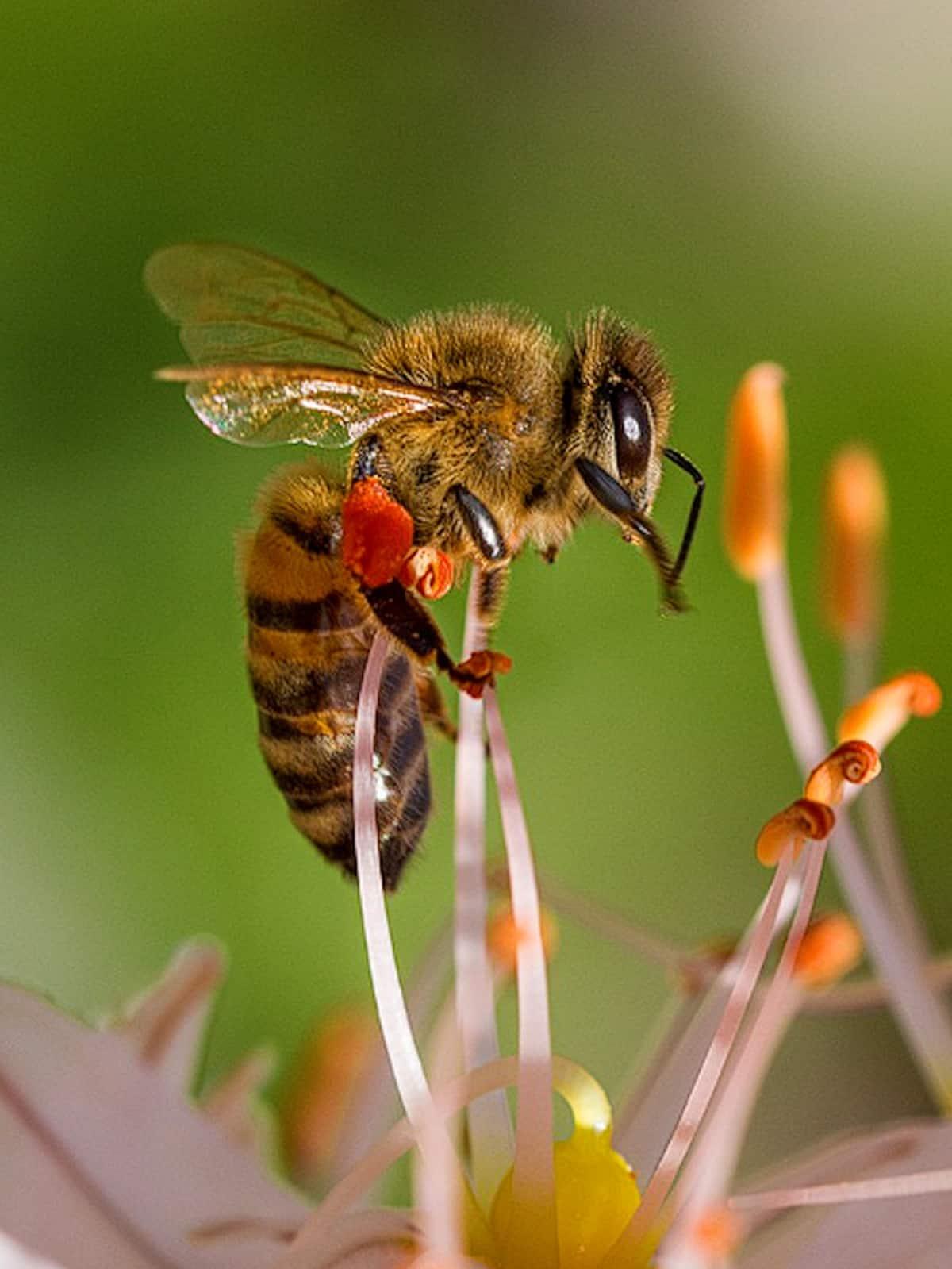
Honey bees are responsible for pollinating approximately 75% of fruits, vegetables, and nuts we eat. Their work is critical for the production of many foods, ensuring biodiversity
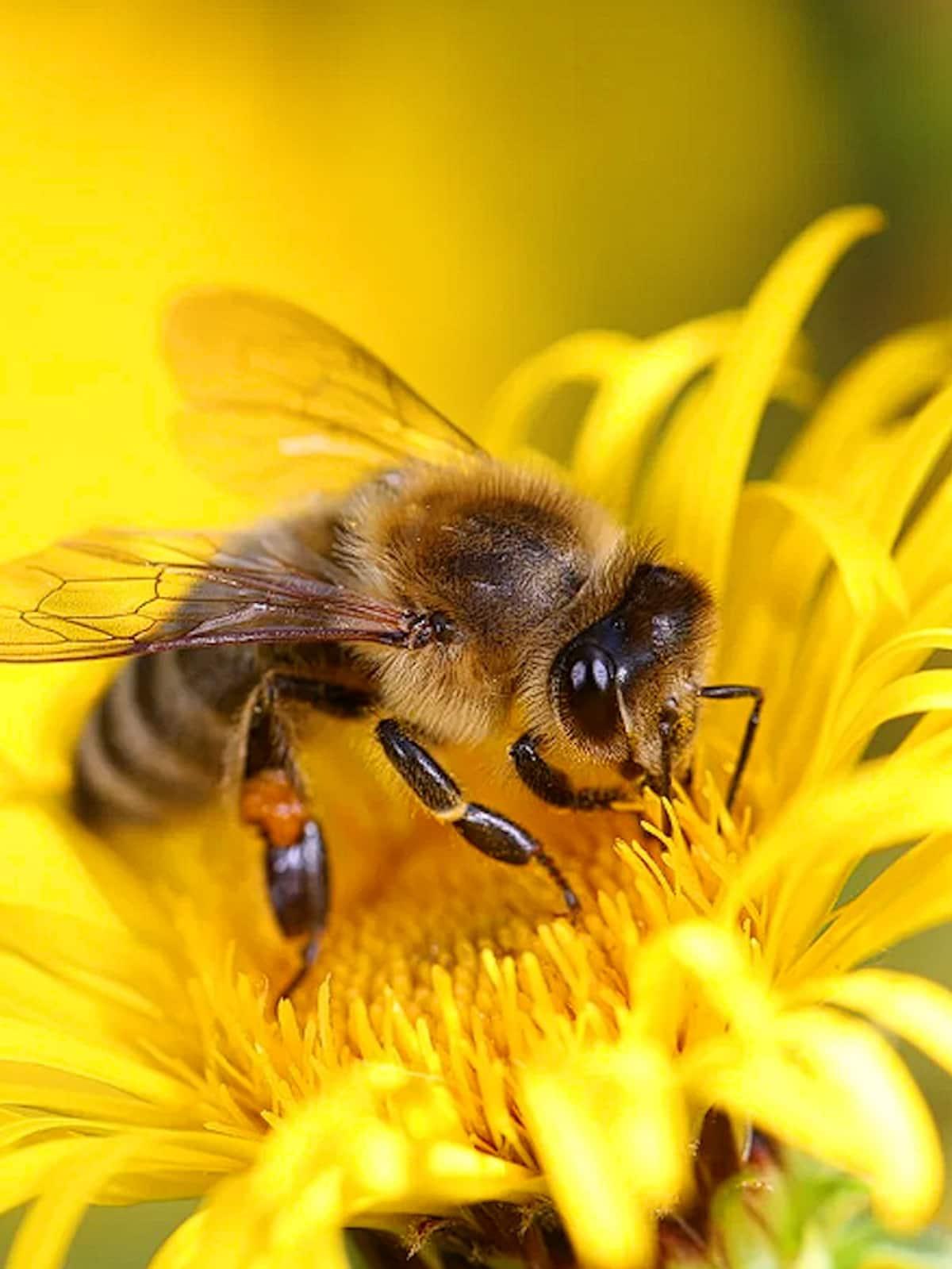
Honey bees use a unique dance called the "waggle dance" to communicate the location of food sources to other members of the hive. This dance conveys information about direction
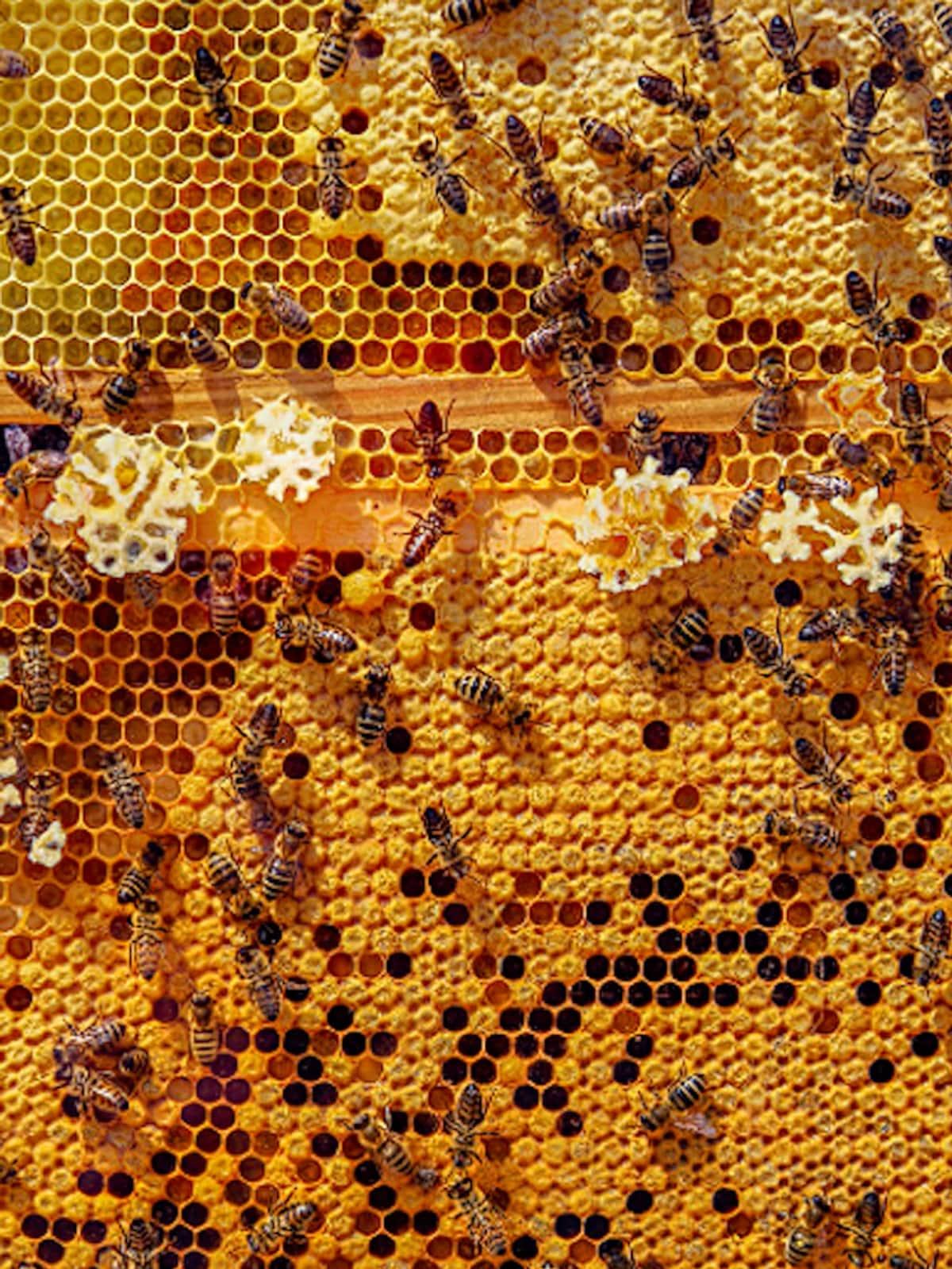
Honey bee hive operates with strict hierarchy, led by queen bee. Worker bees perform various tasks like foraging, nursing, hive maintenance, drones have sole job of mating
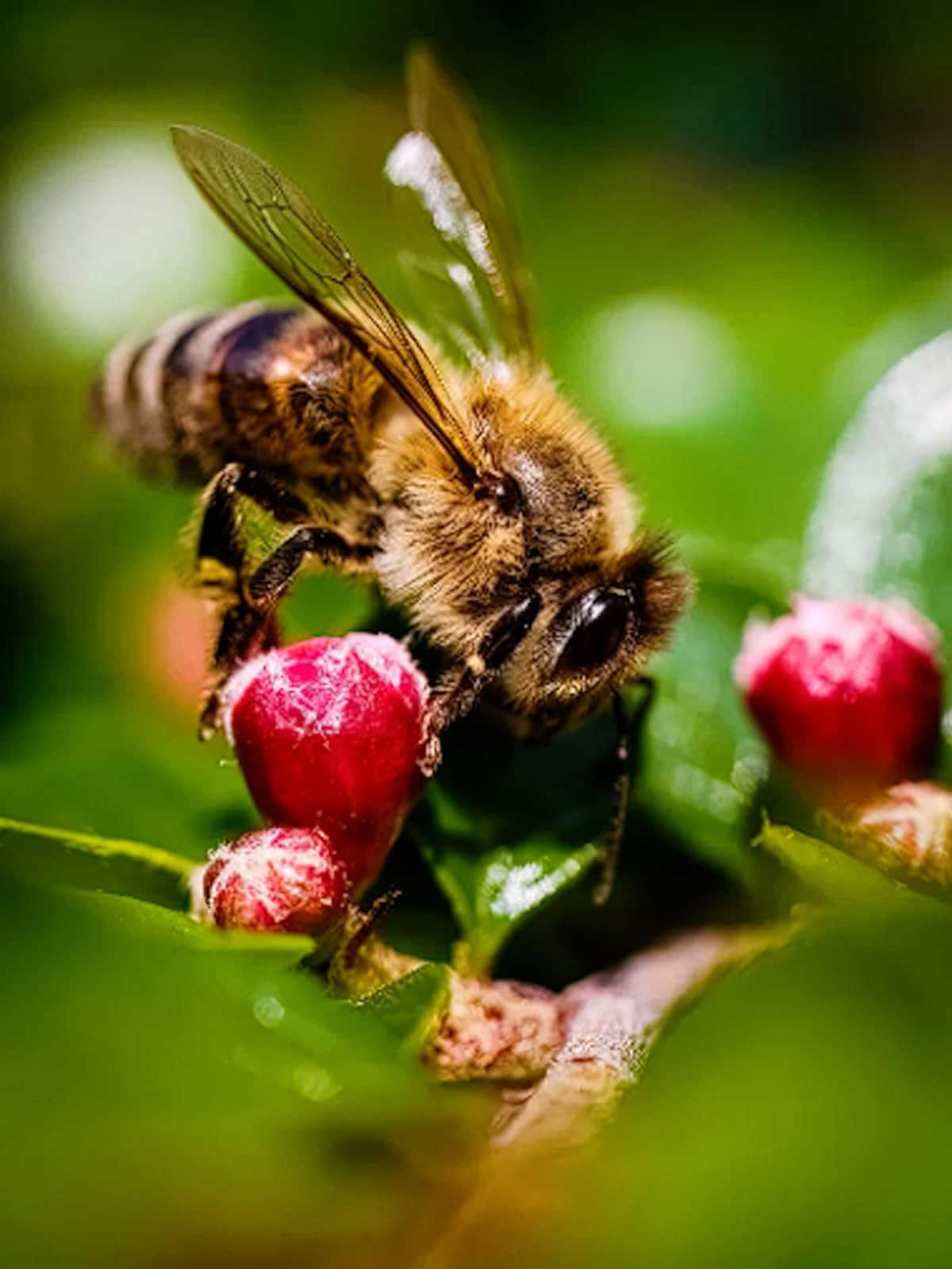
Honey bees can recognize human faces. They use their visual processing ability to distinguish between different human faces, a skill that is highly advanced for an insect
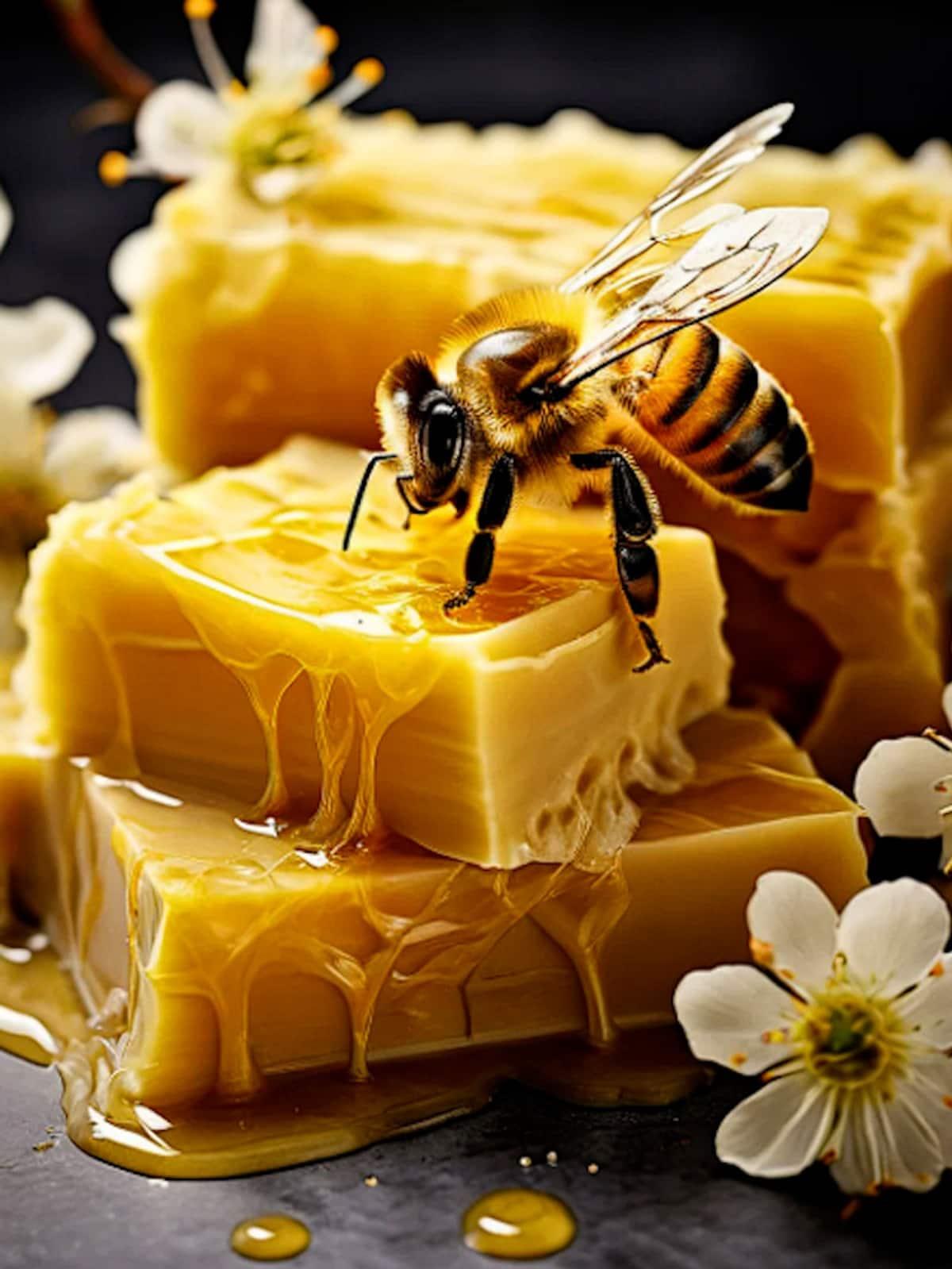
To produce just one pound of honey, a colony of honey bees must visit about 2 million flowers, fly over 55,000 miles. This effort showcases incredible dedication, teamwork
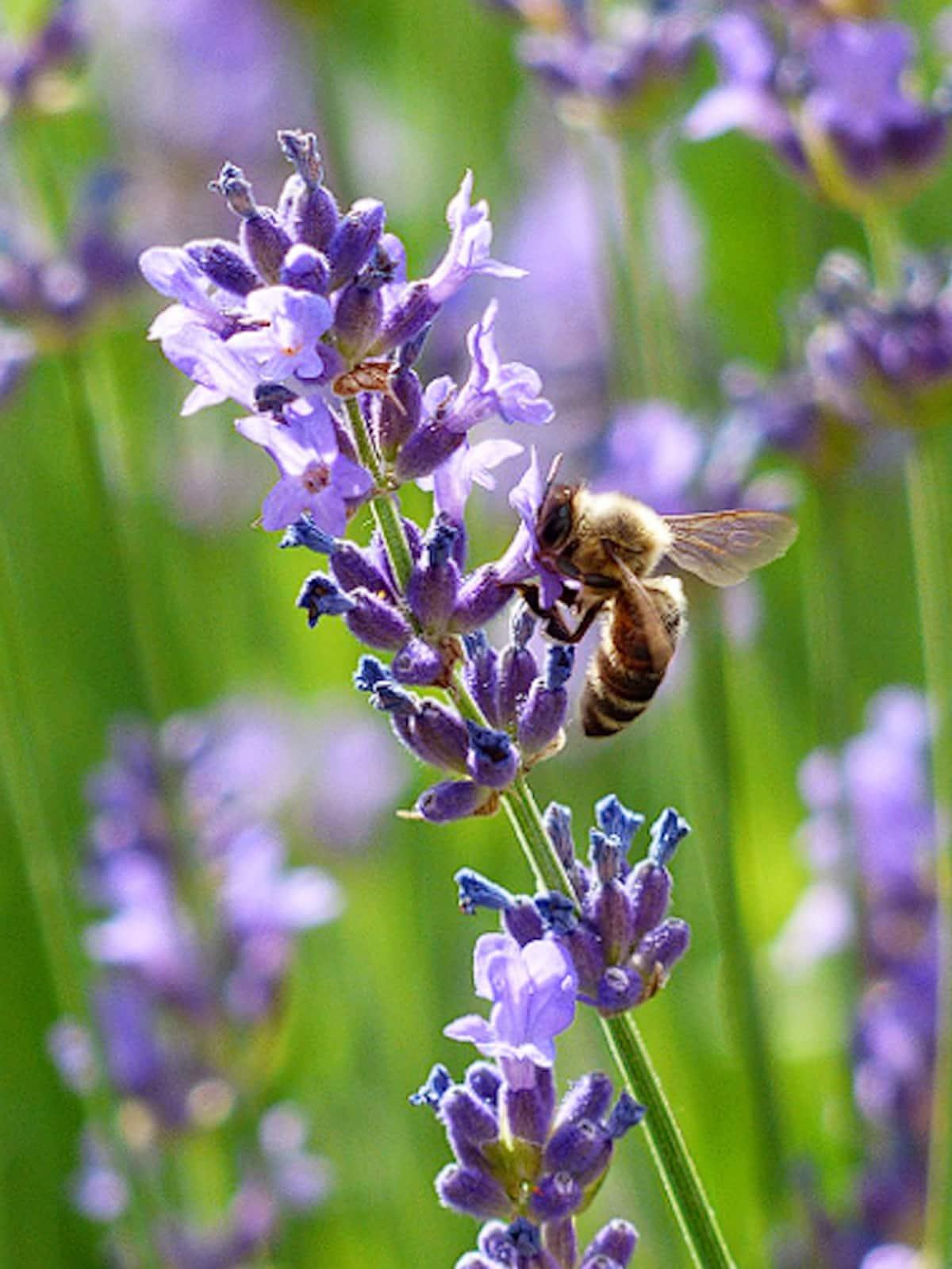
Honey bees are fliers, reaching speeds of up to 15 miles per hour. Despite small size, they cover large areas in search of food, contributing to their effectiveness as pollinators
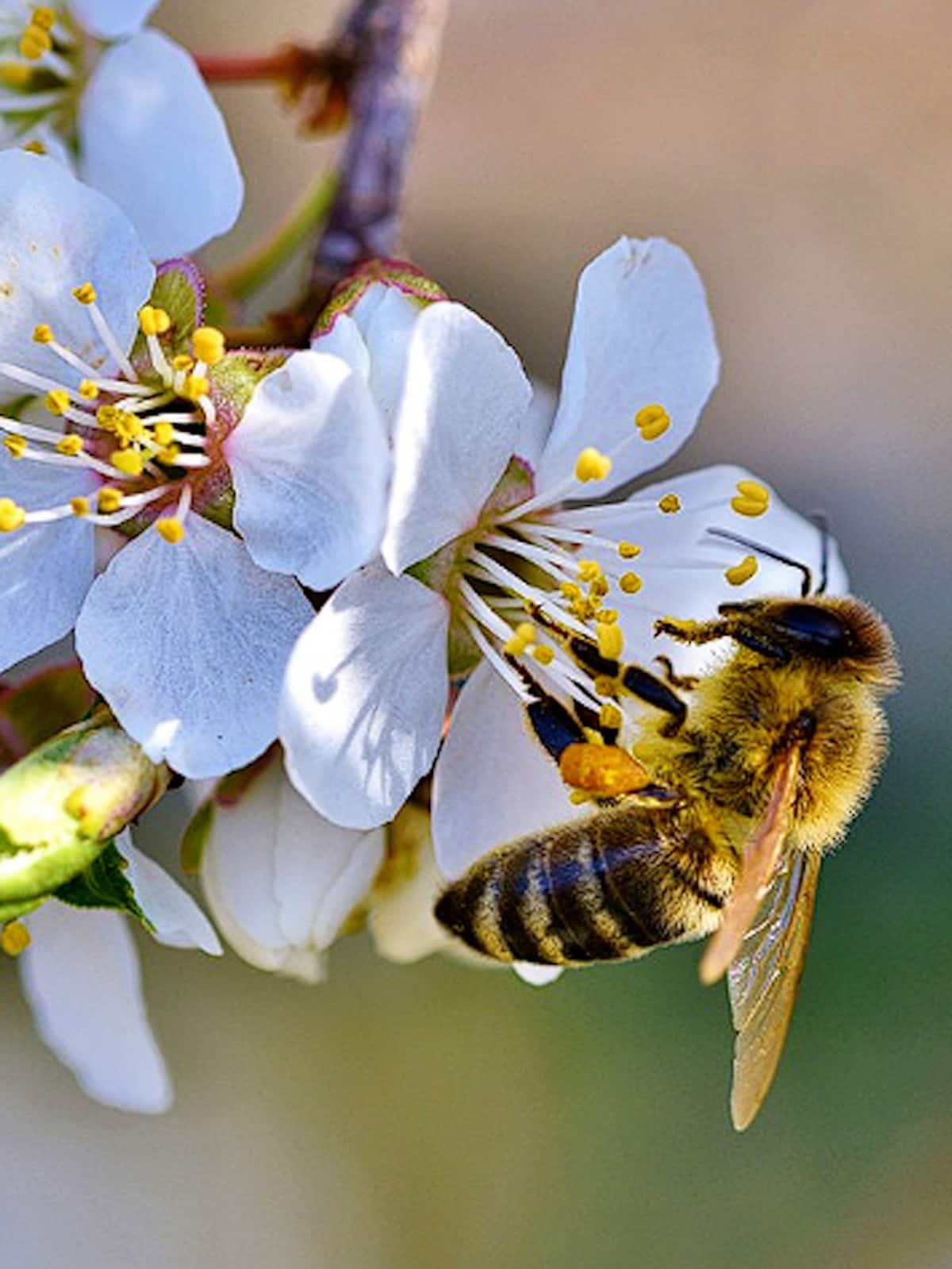
Unfortunately, honey bee populations are declining globally due to factors like pesticide use, habitat loss, and climate change. This decline threatens global food security
Legal Disclaimer:
MENAFN provides the
information “as is” without warranty of any kind. We do not accept
any responsibility or liability for the accuracy, content, images,
videos, licenses, completeness, legality, or reliability of the information
contained in this article. If you have any complaints or copyright
issues related to this article, kindly contact the provider above.

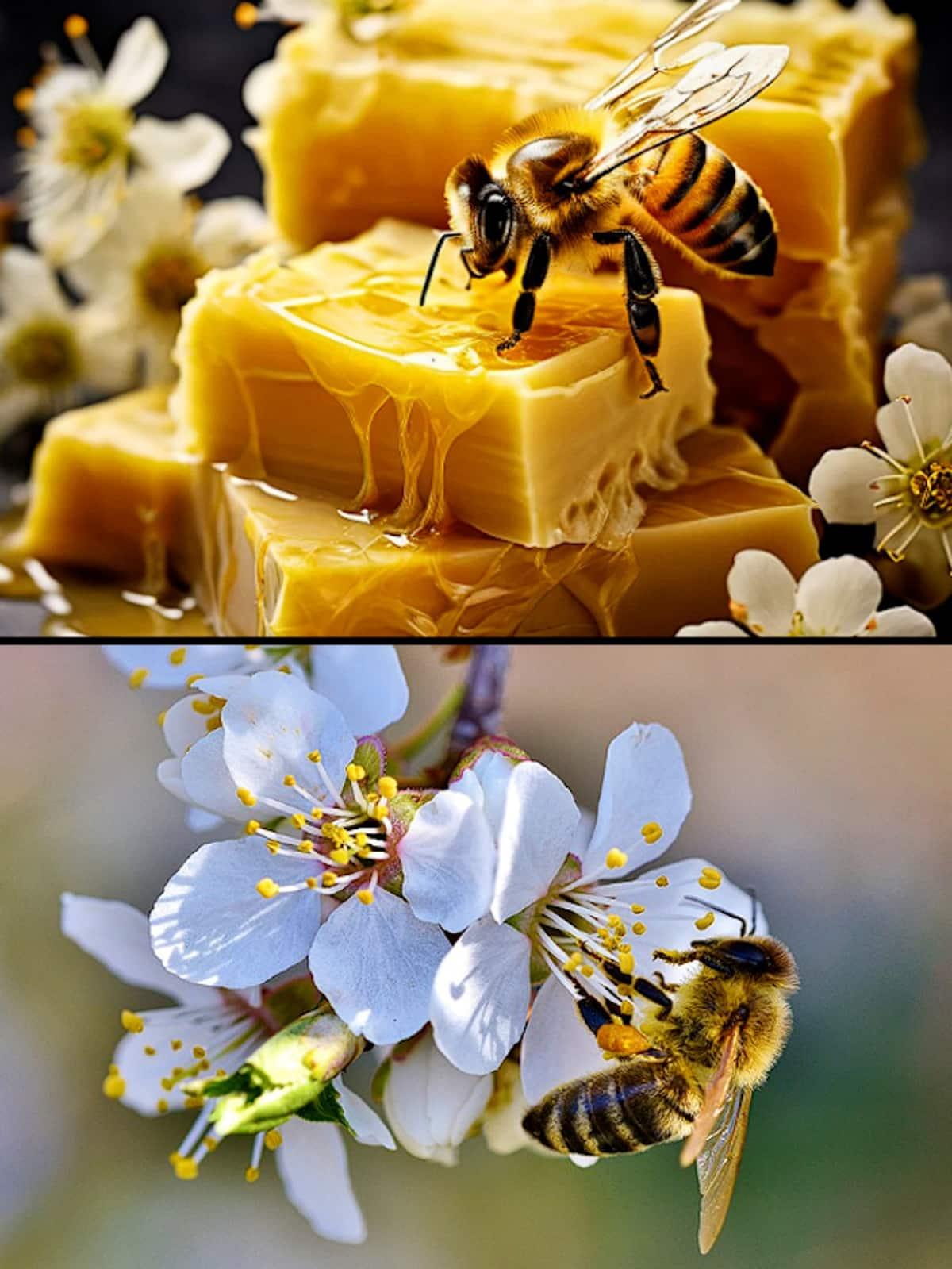
















Comments
No comment